- Free shipping available on orders over £100 (UK) £250 (EU) and $300 rest of the world
WOW370 Bristol Blenheim Hughie Edwards VC
Out of Stock
Description
Description
The Bristol Blenheim was a British light bomber aircraft designed and built by the Bristol Aeroplane Company (Bristol) and was used extensively in the first two years of the Second World War, with examples still being used as trainers until the end of the war. Development began with the Type 142, a civil airliner in response to a challenge from Lord Rothermere to produce the fastest commercial aircraft in Europe. The Type 142 first flew in April 1935, and the Air Ministry impressed by its performance, ordered a modified design as the Type 142M for the RAF as a bomber. Deliveries of the newly named Blenheim to RAF squadrons commenced on 10 March 1937. In service the Type 142M became the Blenheim Mk.I which would be developed into the longer Type 149, designated the Blenheim Mk.IV, except in Canada where Fairchild Canada built the Type 149 under licence as the Bolingbroke.
In addition to operating as medium bombers, both versions were converted into heavy fighters by the addition of a gun pack with four Browning .303 in (7.7 mm) machine guns mounted under the fuselage. The Mk.IV was also used as a maritime patrol aircraft and both aircraft were also used as bombing and gunnery trainers once they had become obsolete as combat aircraft.
The Blenheim was one of the first British aircraft with an all-metal stressed-skin construction, retractable landing gear, flaps, a powered gun turret and variable-pitch propellers. The Mk.I was faster than most of the RAF’s biplane fighters in the late 1930s but advances soon left it vulnerable if flown in daylight, though it proved successful as a night fighter. The Blenheim measured 42.7 feet in length and had a wingspan of just over 56 feet.
Our model was flown by Air Commodore Sir Hughie Idwal Edwards, VC, KCMG, CB, DSO, OBE, DFC
Hughie Idwal Edwards was the third of five children born to Welsh parents who had emigrated to Fremantle, Western Australia in 1909.
On 15th June 1941, Edwards, acting Wing Commander, commanded 6 Blenheims on a mission seeking out enemy shipping anchored near The Hague. They launched a low-level attack on 8 merchant vessels and Edwards bombs hit a 4,000-tonne ship receiving the Distinguished Flying Cross (DFC) for his actions.
July 4th 1941 Edwards was the lead aircraft in Operation Wreckage; a daylight attack by Blenheims against the port of Bremen, one of the most heavily defended towns in Germany.
12 bombers took off from RAF Swanton Morley, Norfolk, flying in to attack from a height of just 50ft (15m) whilst dodging telephone wires, high voltage power lines and barrage balloons and evading anti-aircraft fire over the port. Intense fire resulted in the loss of four aircraft but Edwards brought his remaining aircraft safely back, although all had been struck and his own Blenheim IV V6028 – coded GB-D, had been hit more than 20 times.
Edwards was awarded the Victoria Cross for his bravery.
He returned to live in Australia, was knighted and became Governor of Western Australia in 1974. Air Commodore Sir Hughie Edwards passed away on the 15th August 1982 on his way to a Test Match at the Sydney Cricket Ground.
The word ‘Hero’ is banded around today, but Hughie Idwal Edwards was the personification of that word ‘Hero’.
The TG/K&C figures & accessories shown are for scale reference purposes only and are not included.
Reviews (0)






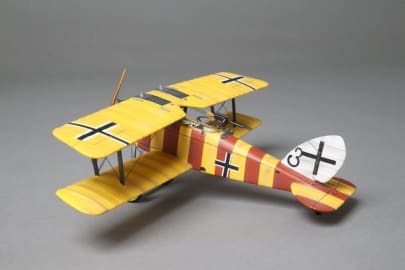
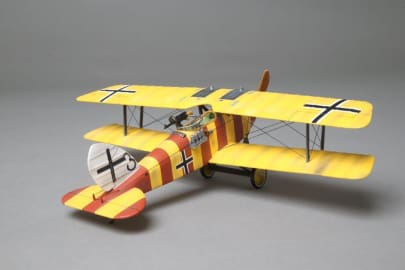
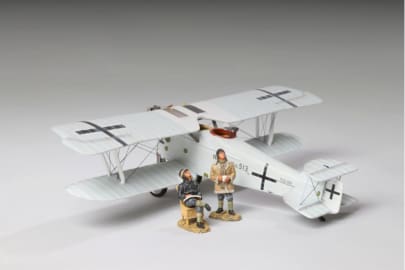
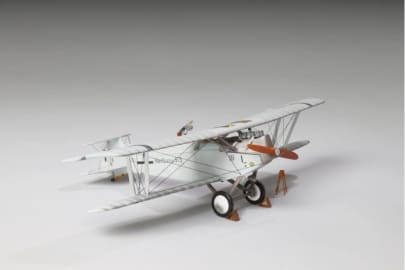
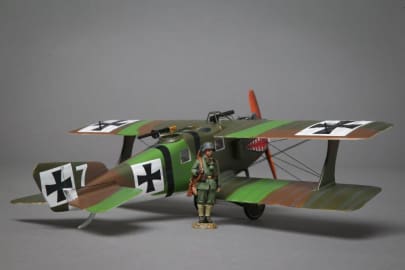
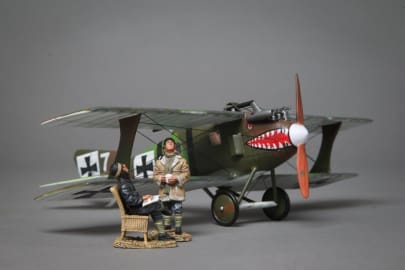
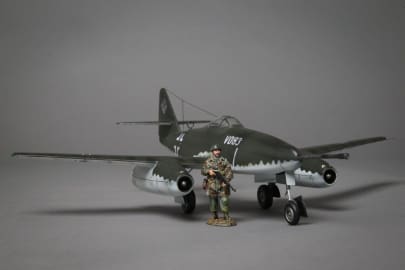
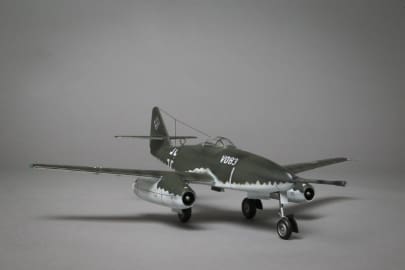
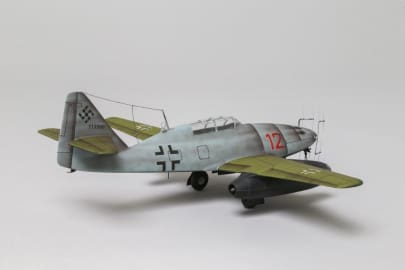
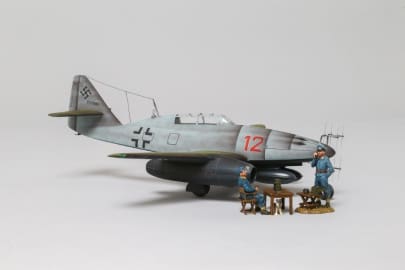
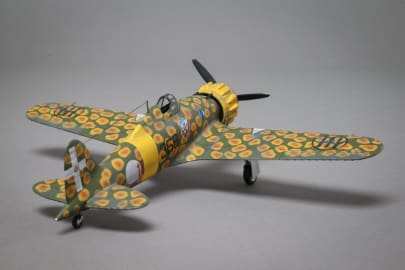
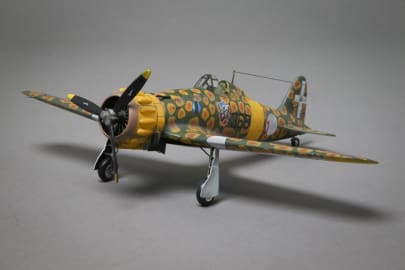
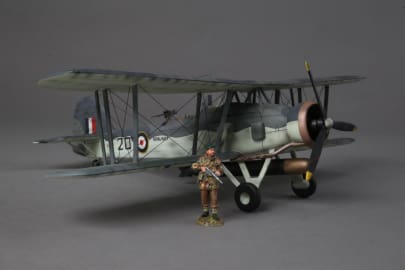
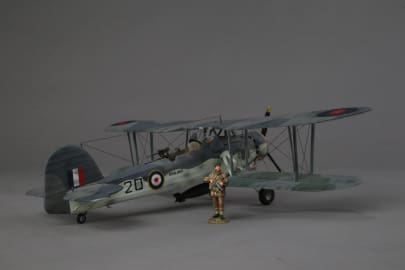
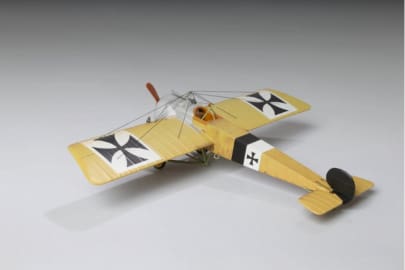
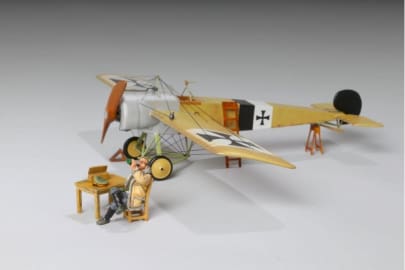
Reviews
There are no reviews yet.